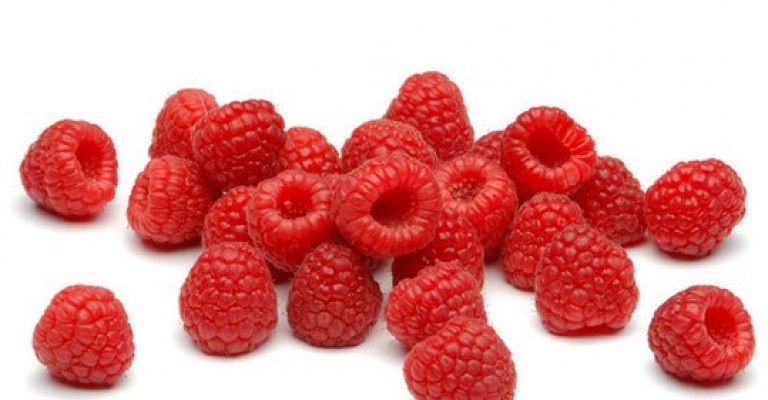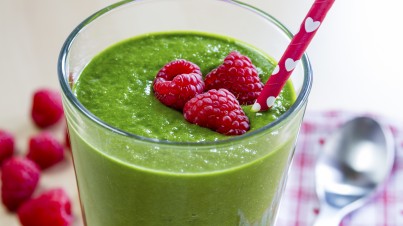The raspberry is a deliciously sweet, slightly tart berry cluster that belongs to the Rubus family, somewhat related to roses - hence the thorny stems. Although not a true berry as such, but an aggregate fruit, the delicate little 'caps' are highly desirable.
Produced on thorny branched shrubs, fruit are typically pink to dark red, but can also be a pale creamy yellow, purple or black. Many varieties used for commercial production are cultivated forms, but many wild types exist globally.
Shrubs, thickets or brambles are generally perennial but with fruit bearing biennially on 2 year old stems. Producing suckers each new season, shrubs can take over if not kept in check. Newer varieties are being developed that are thorn less and also to increase the rate of production.
Best enjoyed fresh, these summer fruits are usually only available for a short season, but increasing production technology and variety cultivation can allow for year round
How to prepare
Usually you'll find fresh raspberries in a punnet. Handle with care not to crush or bruise them, gentle give a wash over and gently pat dry. Use whole in numerous dishes whether to garnish or add colour and that sweet burst of flavour. Alternatively they can be pureed into a sauce, heated with some sugar for a coulee or frozen into cubes for adding to drinks.
More and more it can be handy to have some in the freezer for smoothies, dressings or blending with ice cream.
Buyer's and storage guide
Buy raspberries that look fresh, plump and dry. They are very delicate, so handle with care.
They will keep in a vented container in the refrigerator for 3-4 days. Raspberries can also be frozen but only for use in sauces, compotes and jams etc.
Serving
- Shared fresh on a cheese board platter with some other summer berries
- Create a tangy salad dressing by crushing fruit together with a little vinegar and fresh mint
- Heat fresh or frozen berries together with some freshly squeezed orange juice and a pinch of sugar for a deliciously coulee with endless uses
- Enjoy fresh topped on a pavlova along with some kiwi fruit
- Can be used in all manner of jams, preserves and spreads

